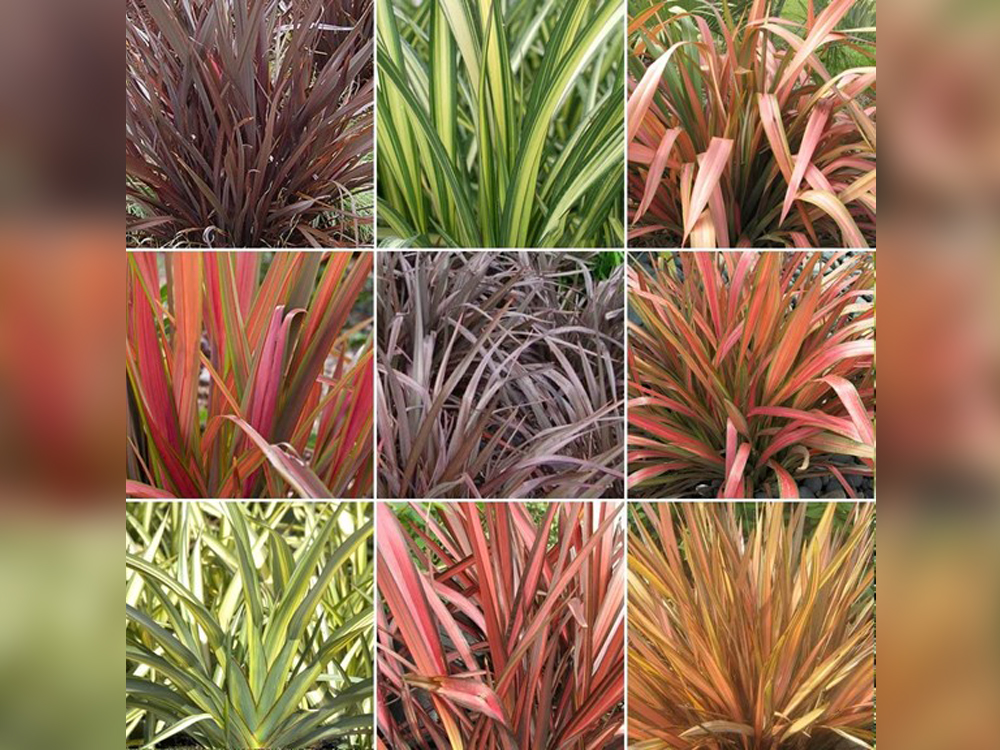Cathie Welch from Cathie’s Gardening School looks at how we can grow and maintain happy plants in our ever changing climates
Last time I sat to write this article I wrote about not giving up the challenge of growing vegetables. Following on from the blistering summer heat we then had Permafrost followed by rain and flooding. This is a challenge for everyone but particular growers, farmers and gardeners. Although I am at a loss as to what to do I am also in a position to find it quite interesting from a horticultural point of view.
The extremes of temperature
There is a lot of information around about gardening in a changing climate but often focusses on the hot summers. There is also a plethora of advice on the plants that tolerate frost, indeed there is a scale of temperature tolerance. We can work out what plants like damp soils, dry soils, sun, shade and indeed those that grow in water.
BUT… and it’s a big one! We are now looking at plants that have survived the 40 degree heat, the minus 12 followed by floods. And it’s not even that straightforward because just as we think it’s got milder and plants start to grow again more extreme events happen. It is a minefield and so many people are asking me what to do with their plants that look dead.
The plants that thrived and then died
Phormiums have been beautiful statements in my garden for years, evergreen, colourful, interesting in winter and all the year round, little maintenance, thrive in a sandy soil with little water thrived in the heat and died in the cold. Pittosporums which I have used widely in my garden and others have all defoliated. Another evergreen providing winter structure to replace the box decimated by caterpillar and blight. These are both New Zealand plants that have always been bulletproof!
The plants that thrived and survived
Now this is where it gets interesting. My Trachycarpus fortuneii (hardy palm) have thrived in the heat and not suffered too much in the extensive frosts and flooding. Another surprise is the Yucca (century plant) another tropical looking feature in the garden is laughing in the face of adversity! Roses, dogwoods, willows. Tew, fruit trees etc are looking fine too.
The plants that were damaged but will recover
I was again surprised that my Lonicera hedge took such a battering but encouraged that the same thing had happened at Wisley. I am assuming that once it starts growing in the spring I’ll be able to cut back to healthy shoots. Many evergreens were badly scorched like Choisya, Pseudopanax, Fatsia, Daphne, Euonymous, Skimmia, Hebe and so on which again I will leave until the Spring before pruning. If cut now it can stimulate early growth which can still be damaged by frost. The jury is out on the Phormiums and Cordylines which may grow back from the ground but I’ve cut off all the squishy bits because I don’t want to look at them.
Learn from this
It is important to know your plants, where they come from and what has killed them. This is new to all us experts and it’s a bit of a waiting game. Hopefully the weather will warm up soon but not too much! I’d love to hear your observations and stories.
Cathie’s Gardening School Services
I am running pruning courses throughout summer and autumn. You can join the class and we can come and prune in your garden. Please get in touch, come for a coffee and join in!
Website Cathie’s Gardening School
Email [email protected]
















Comments